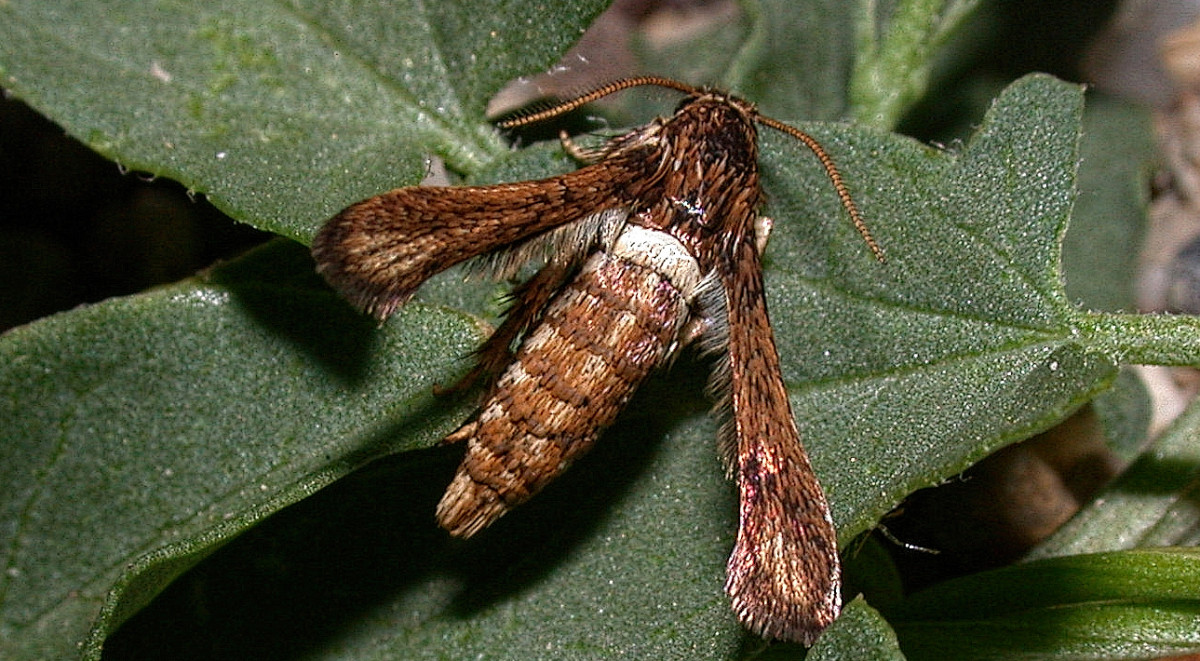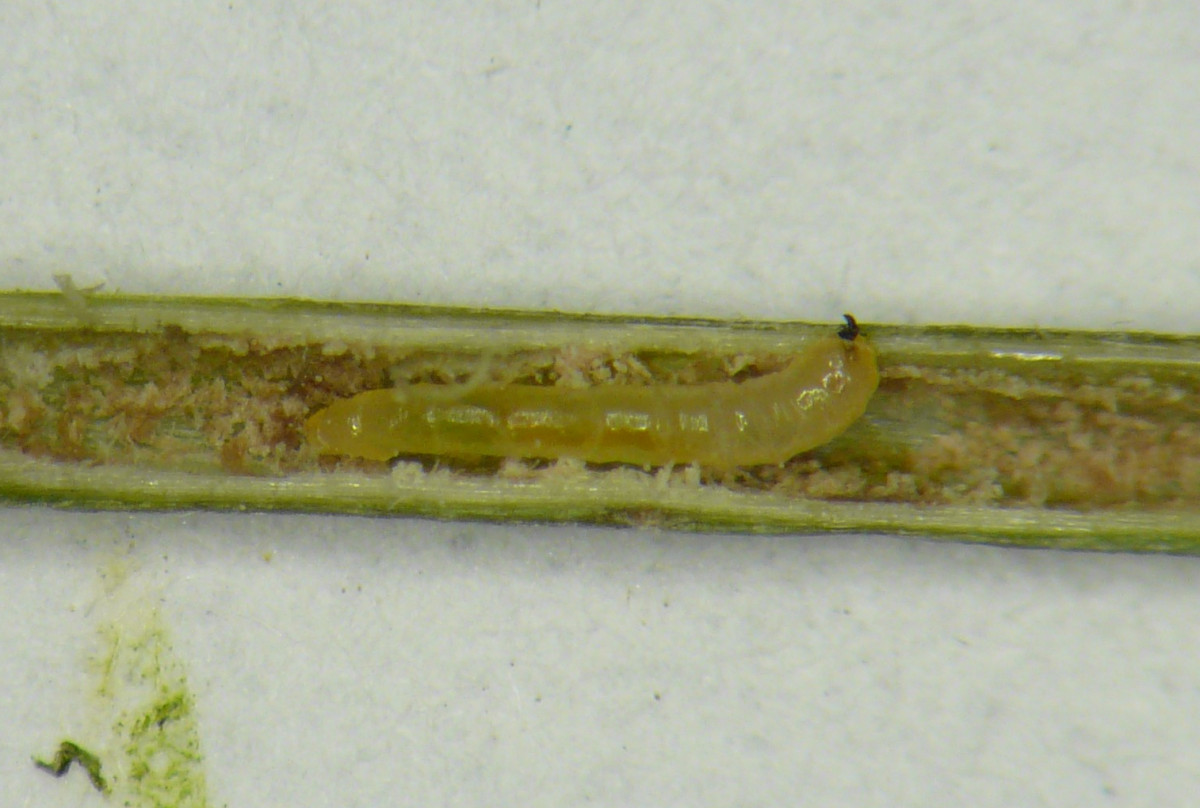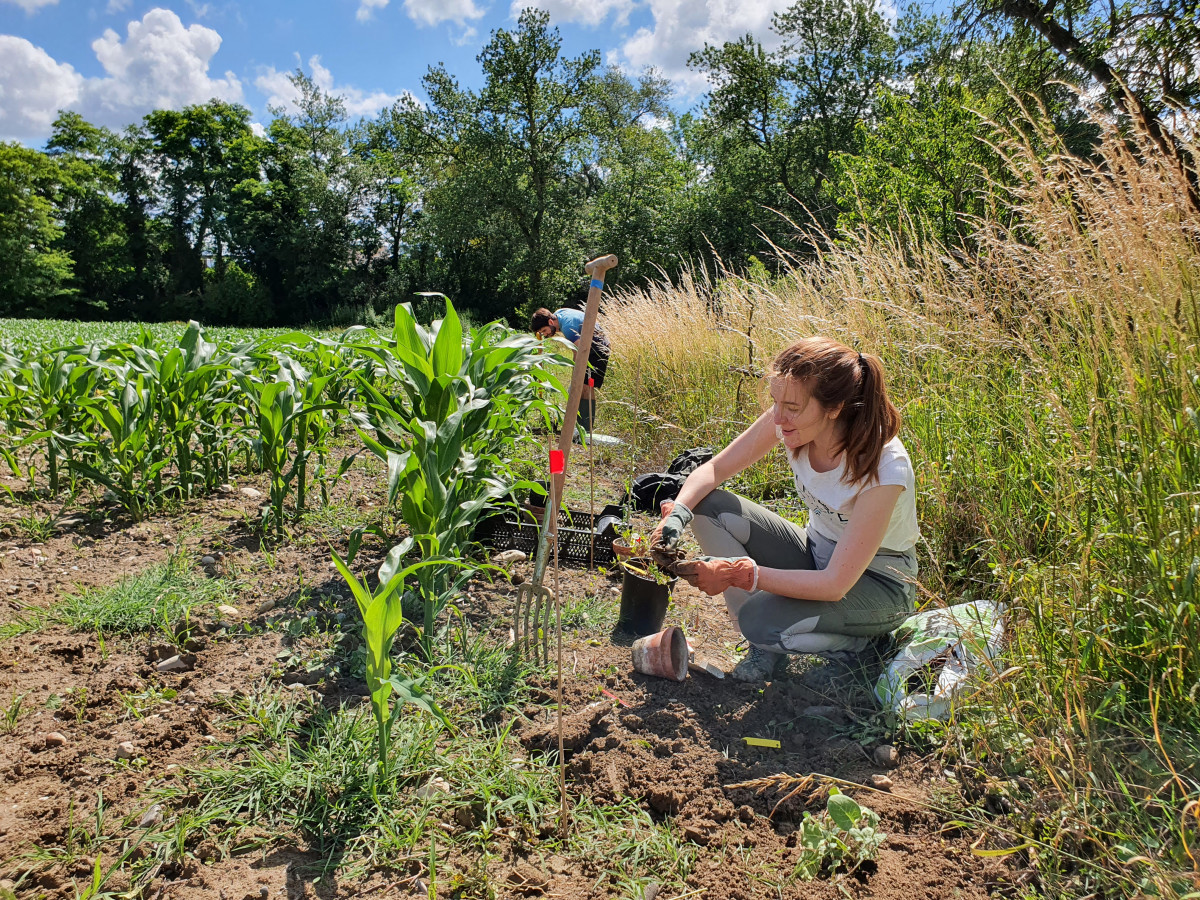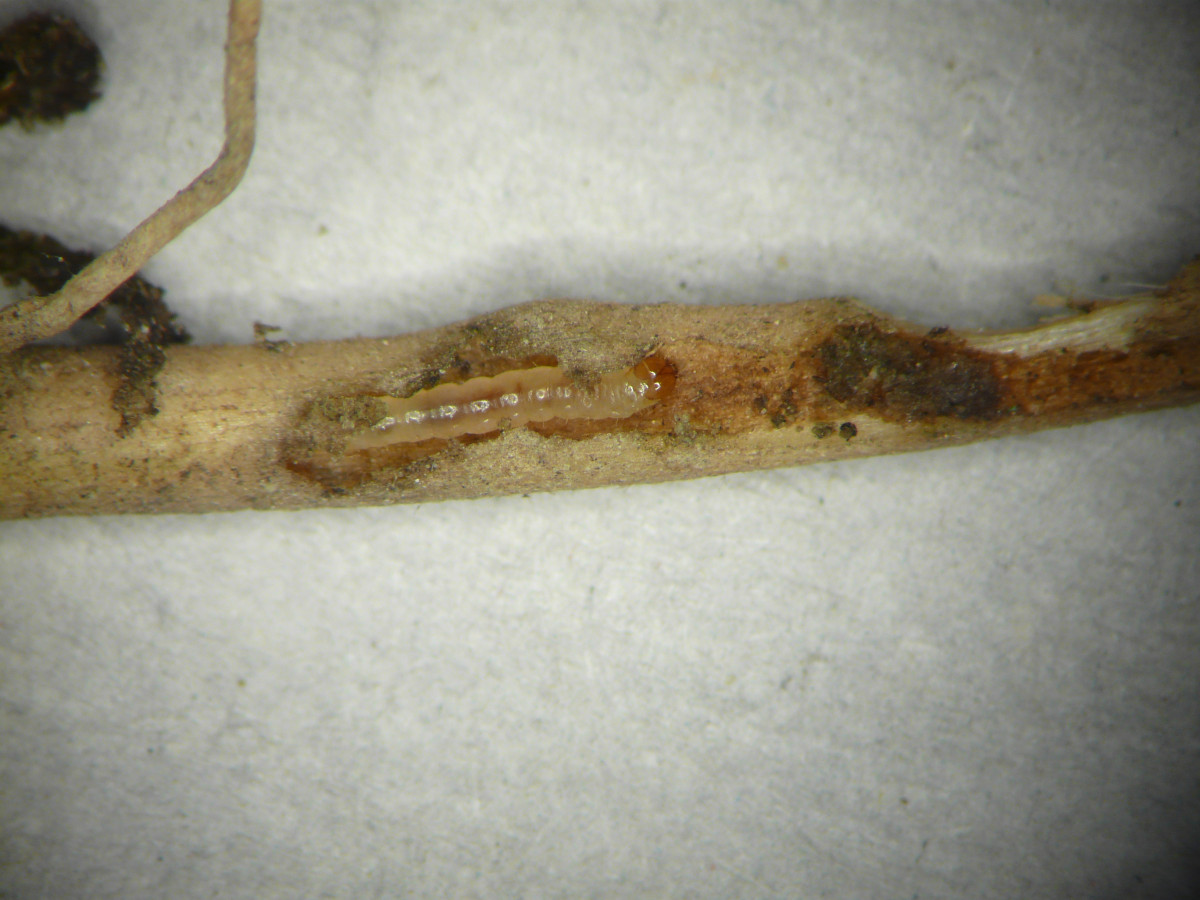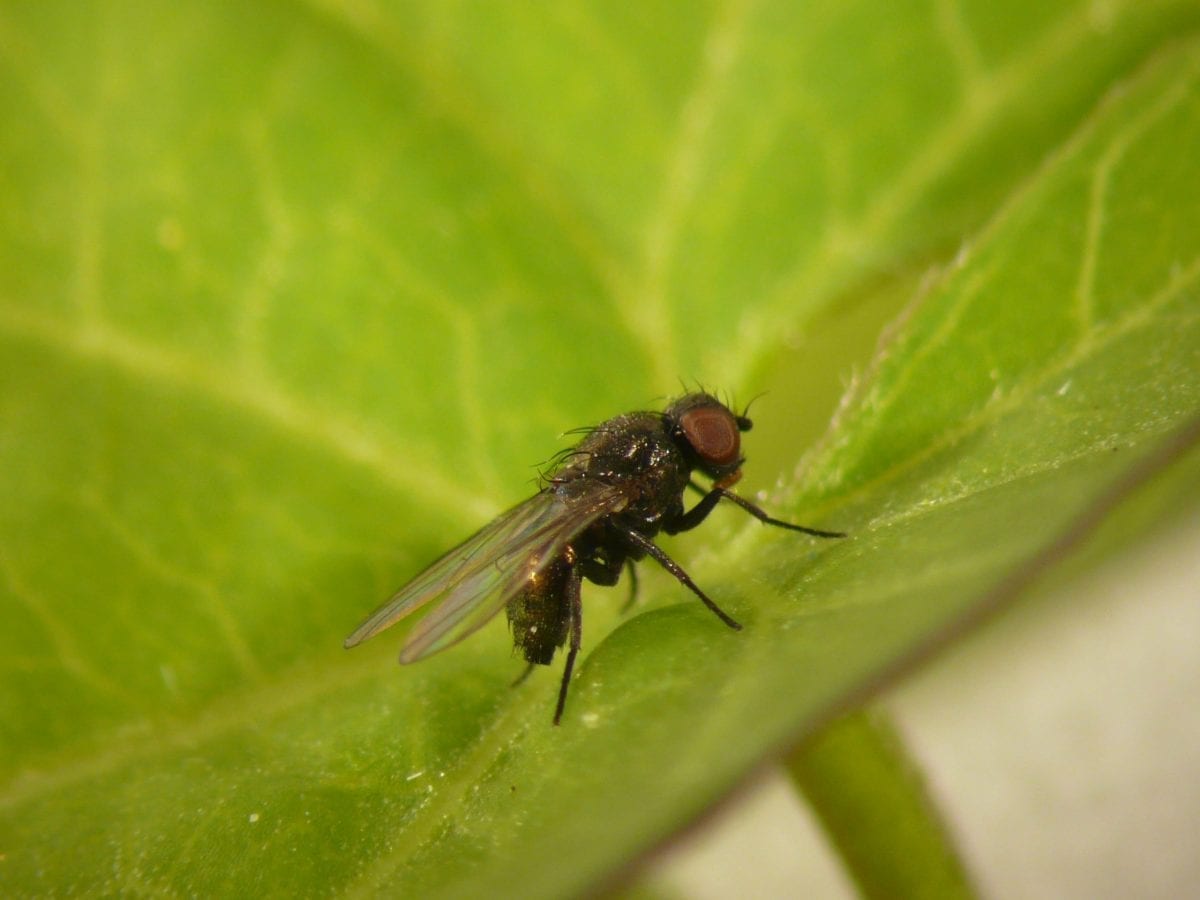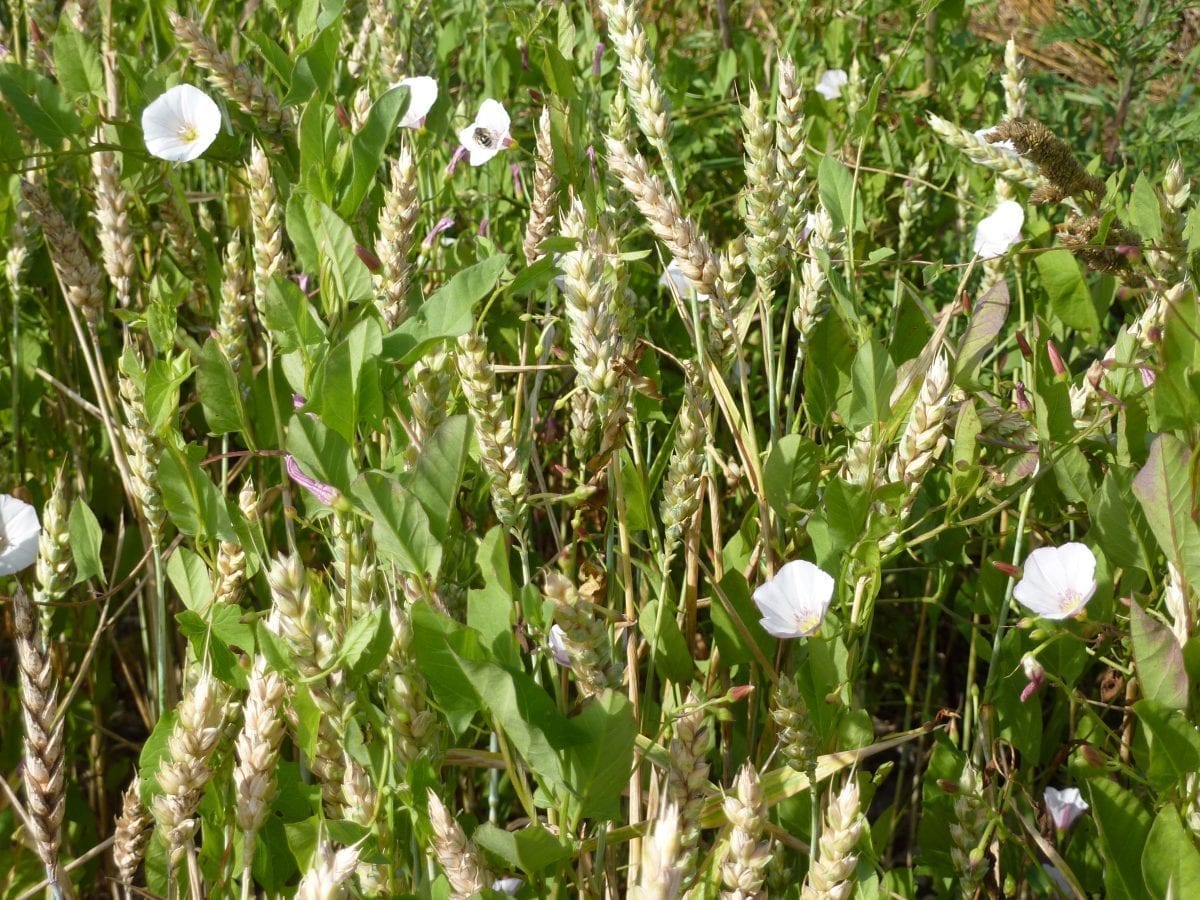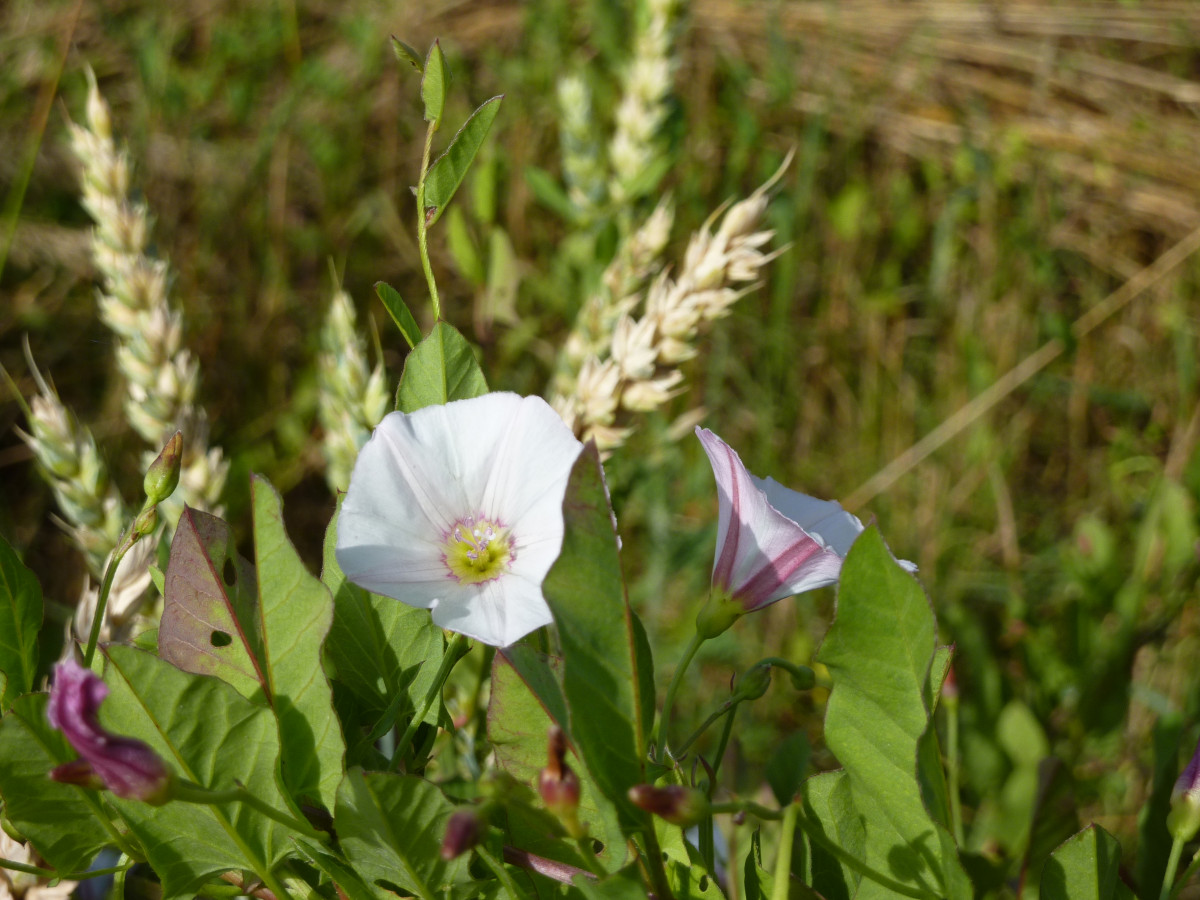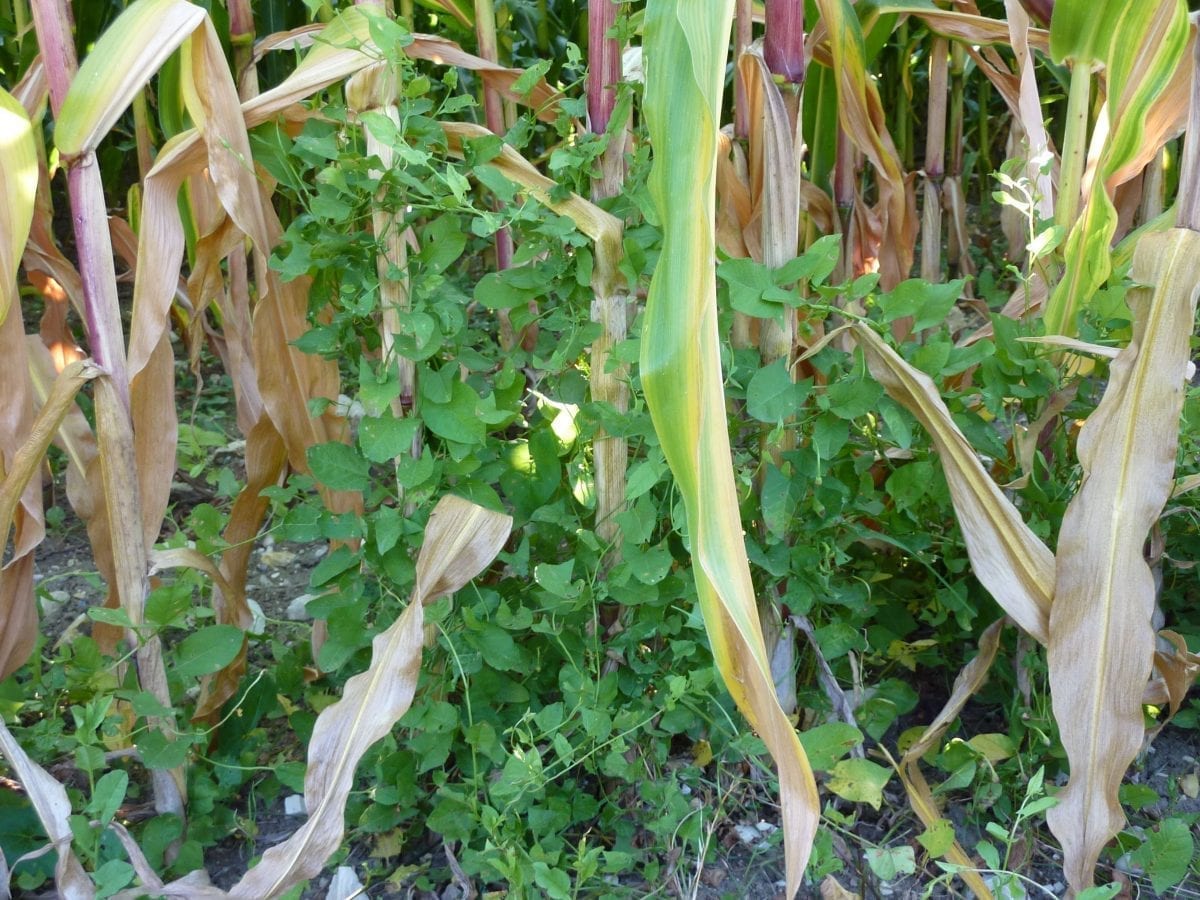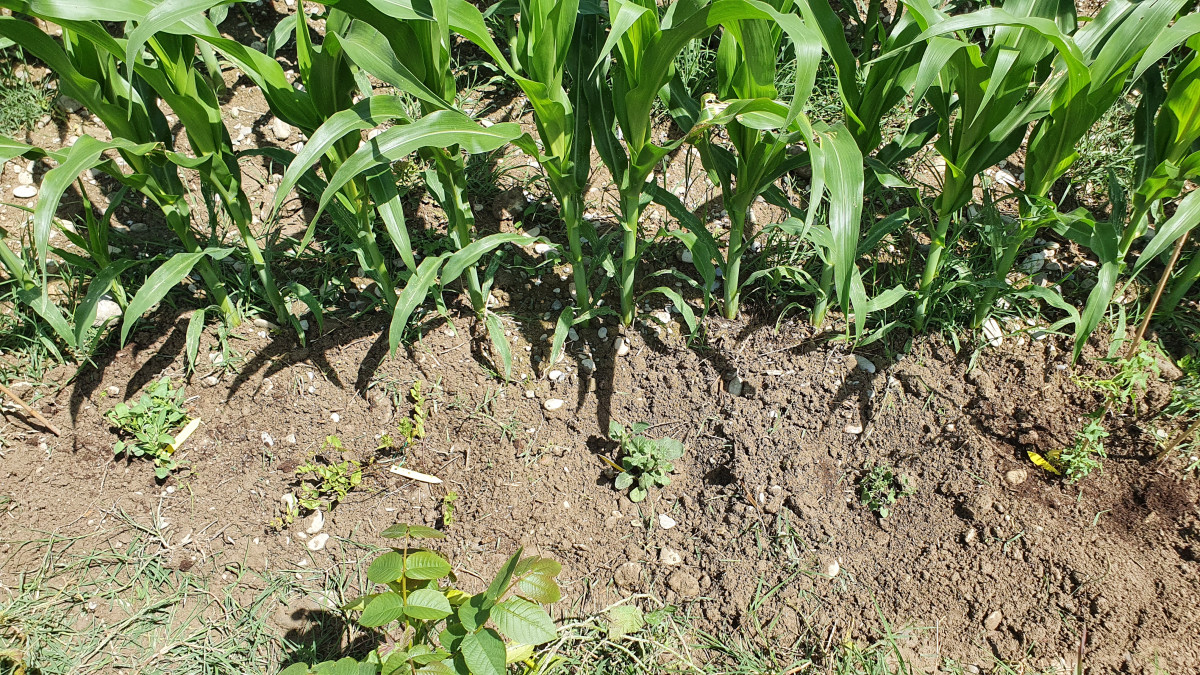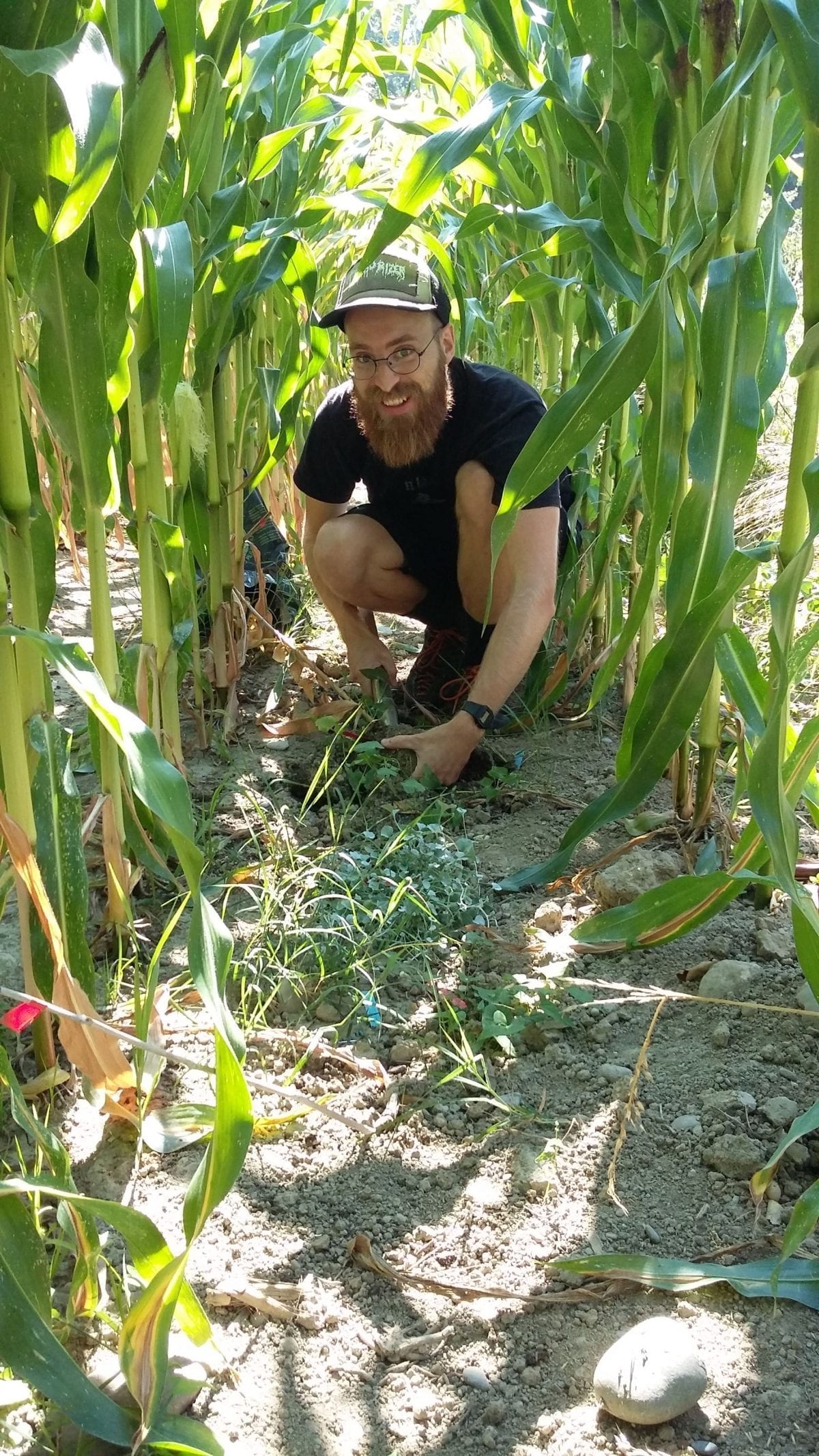Revisiting biological control of field bindweed
Field bindweed is a Eurasian vine whose dense creeping and twining growth smothers other vegetation and its long-lived seeds and deep roots make it hard to control. It is a noxious weed of agricultural fields in temperate regions and has become invasive in North America. CABI is studying sustainable control methods using host-specific natural enemies, which could be introduced into North America as biological control agents.
Project Overview
So, what’s the problem
Field bindweed (Convolvulus arvensis) is a perennial vine of Eurasian origin. The plant was introduced to other continents including North America and is now considered one of the most noxious weeds of agricultural fields throughout temperate regions. Forming dense tangled mats of vegetation, it outcompetes native forbs and grasses, and can severely reduce crop yields. It can harbour plant diseases and contains alkaloids that may be toxic to some grazing animals, in particular to horses. Its extensive root system and long-lived seeds make it difficult to control by conventional means. Biological control offers an alternative approach: one reason for the plant’s impact may be the absence of natural enemies that attack it in its area of origin.
The weediness of field bindweed is largely attributable to its extensive root system and North American insects attacking the leaves are having little impact. So the United States Department of Agriculture (USDA) initiated a programme to manage field bindweed using biological control in the 1970s. Two biological control agents were introduced from Europe: the gall mite Aceria malherbae and the bindweed moth Tyta luctuosa. The impact and establishment of the gall mite and the bindweed moth have been variable. The weed continues to be a problem and additional biological control agents are being sought.
What is this project doing?
The project was revived in 2009 in an initiative set-up by the late Dr Richard Hansen (USDA-APHIS-CPHST). Dr John Gaskin (retired from USDA-ARS-NPARL, Sydney, Montana) took over the role of consortium chair for the USA between 2018 and 2024 and submitted a revised test plant list to the USDA-APHIS Technical Advisory Group in 2021. CABI’s centre in Switzerland is investigating additional potential agents. So far, we have studied five insect species that showed potential for biological control, and are planning work on two more species.
A guiding principle for biological control is that any released agent should not impact plants other than the target weed. Risk of potential non-target damage is assessed by testing whether a candidate agent feeds or develops on other plant species that it might encounter if introduced. Assessing the impact an agent might have on the target weed is also important so the most damaging ones can be prioritized.
Results
Host-specificity tests with the stem-mining agromyzid fly, Melanagromyza albocilia, have been conducted since 2011. To assess its specificity under more natural conditions, in 2017, we started to expose test plants at natural field sites in southern Germany. In 2023, we re-started conducting additional no-choice tests with the most critical North American native species as suggested by the USDA-APHIS Technical Working Group (TAG).
In addition, we are studying the root-mining clear-wing moth, Microsphecia brosiformis (syn. Tinthia) which can cause the plant to die back. The no-choice and open field tests are currently being conducted at the Institute for Plant Protection and Environment in Serbia.
Project Manager

Ghislaine Cortat
Research scientist in Weed Biological Control
Rue des Grillons 1 CH-2800 Delémont, Switzerland
Partners
Institute for Plant Protection and Environment, Department of Plant Pests, Zemun, Serbia
Documents
The latest report summarizing the progress of CABI's weed biological control research projects.

